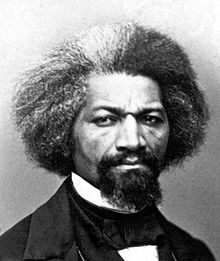Walt Whitman is considered by many to be America's first great poet. Why? He changed the game, and displayed a unique American voice. Often called "The Good Gray Poet" or "The Bard of Democracy," he essentially created free verse poetry. Here is some information on him.
What is free verse? It is an open form of poetry that does not use consistent meter patterns or rhyme. However, by repeating phrases and using commas, a poet can create both a rhythm and structure. Internal pattern of sounds, choice of exact words, and effect of associations give free verse its beauty.
Let's look at Whitman's "I Hear America Singing" as an example.
To open our unit on the Civil War (here's our schedule), you will look at some of Whitman's writing, as well as some Civil War photography, and make some connections. The ultimate goal is to create three original pieces—a piece of prose, a piece of poetry, and a photograph/illustration—interpreting what you have been given. Here is your project. We will eventually evaluate each other's work in a gallery-setting.
Also, on the agenda for today, is to watch part of Ken Burns' documentary on the Civil War, and answer some questions.
Also, on the agenda for today, is to watch part of Ken Burns' documentary on the Civil War, and answer some questions.

